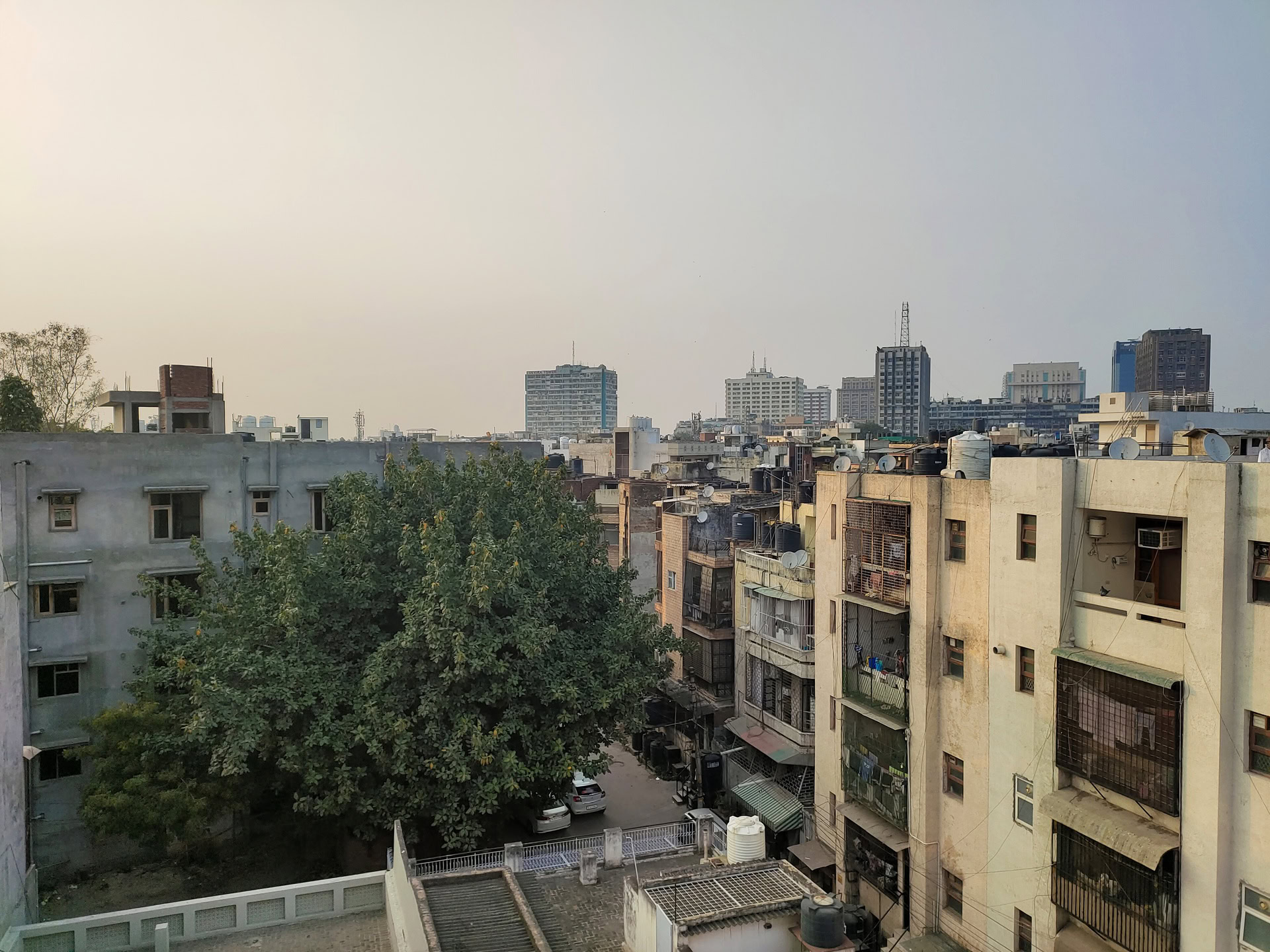Not even Snapdragon 865 can make this ‘affordable flagship’ shine
Sub-brands are the flavor of the season and Chinese-major BBK has introduced yet another one. Hot on the heels of the Realme X50 Pro, the Iqoo 3 5G joins the ranks of the first Snapdragon 865-equipped phones. A little over a week after the launch of the Samsung Galaxy S20, we now have another brand that brings you most of the hardware for less than half the price.
We spent a few days trying out the latest affordable flagship and here’s the Android Authority take on the Iqoo 3.
Iqoo 3: A derivative design
The Iqoo 3’s design is as inoffensive as it gets. The phone picks up cues from OnePlus, Oppo, and a dash of Huawei to create a hybrid that doesn’t particularly stand out in any way. The design is non-descript at best though, there are a few noteworthy additions. The brightly colored power key, for one, stands out to break the monotony of the design.

Dual “air triggers” flank the right edges of the phone enabling a rather good gaming experience. I’ve always been a bit wary of gaming-oriented gimmicks, but color me surprised, the implementation here is better than even the ROG Phone 2. Combined with the optimized haptics, it makes for a rather pleasurable experience.
The lack of a high refresh rate display is a dampener.
However, there’s a downer here. While the oodles of power and the air triggers make for a great gaming phone, the Iqoo 3 lacks a high-refresh rate display. With 90Hz and above screens getting popular even in the mid-range segment, it is a pity to see Iqoo skimp out here.

Beyond that though, the screen is reasonably good to look at. Out of the box, the color saturation is a bit too high, but media playback looks rather good. The Full HD+ resolution is good enough for the 6.44-inch display size. Save for the camera cut-out in the corner, the screen here offers an expansive way to enjoy games or anything else you might throw at it.
The Snapdragon 865 and the air triggers make the Iqoo 3 an affordable gaming powerhouse.
The Snapdragon 865 powering the show is likely a big motivator if you are considering the Iqoo 3. So, how’s the performance? As expected, the phone aces all benchmarks and every game we threw at it ran perfectly. But that’s not really surprising. The biggest take-away with the 2020 class of high-end hardware is high-frame-rate gameplay, and the 60Hz display on the Iqoo 3 holds you back from enjoying truly next-gen smartphone gaming.
Iqoo UI appears to be little else than a rebadged Funtouch OS.
The software experience here is not really up to the mark either. Iqoo UI seems be little else than a skinned version of Funtouch OS from Vivo’s hardware. Extraneous additions like the Jovi smart assistant are littered throughout the menu and so are third-party apps. Not a good look for Iqoo.
Battery life is in line with what you’d expect from a 4,440mAh cell and the high-end internals. I consistently achieved between five and six hours of screen-on time with aggressive use. The 55W charging is definitely worth pointing out here, as it lets you top off the hardware in just about an hour. Very convenient to have.
Are the cameras on the Iqoo 3 any good?
Listen, cameras are hard to get right. I went in with low expectations and the results were conflicting to say the least. If all you do is view images on your phone or share to social media, the ultra-processed, over sharpened images might be to your liking. Blow them up on a large screen though and they simply fall apart. At a glance, the images are good enough to look at, but the aggressive processing completely obliterates low-level detail.

While the HDR mode works well enough to bring out dynamic range, the implementation is aggressive and unnatural to look at. Shooting into light, it can often create ugly halos around the subject. Additionally, portrait imaging can be hit or miss on the Iqoo 3, as the edge-detection algorithms just don’t do a very good job.
 Iqoo 3 Primary Camera Iqoo 3 Telephoto
Iqoo 3 Primary Camera Iqoo 3 Telephoto

Despite Iqoo’s claims, low-light images invariably turned out soft and lacking in detail. Selfies, however, stand out as the phone manages to capture true-to-life images with a good amount of detail and even lighting.

Interestingly, one of the hallmark capabilities of the Snapdragon 865 chipset is support for 8K recording. No, you do not get that here. 4K, 60FPS video looks fairly good but the aggressive processing is visible here as well.
Iqoo 3 specifications
| Iqoo 3 | |
|---|---|
| Display | 6.44-inch E3 Super AMOLED Full HD+ 20:9 ratio HDR10+ |
| Processor | Qualcomm Snapdragon 865 |
| RAM | 8GB/12GB LPDDR5 |
| Storage | 128GB/256GB UFS 3.1 |
| MicroSD | No |
| Battery | 4,440mAh 55W charging |
| Cameras | Rear: 48MP primary camera 13MP telephoto lens 13MP 120-degree wide-angle lens 2MP portrait lens Front: 16MP |
| Connectivity | 4G LTE support 5G (sub-6GHz, DSS, TDD/FDD, SA and NSA, no mmWave) |
| Operating System | IQOO UI Android 10 |
| Security | In-display fingerprint sensor Face unlock |
Should I buy the Iqoo 3?
There’s nothing really wrong with the Iqoo 3, but it is a rather boring effort for a fresh upstart. The design has been done to death and the software experience is lackluster. What works in its favor is the sheer performance and an acceptable imaging experience.

However, with the launch of the Realme X50 Pro, the Iqoo 3 doesn’t really have the first-mover advantage. Unless air triggers are somehow a must-have for you, I would give the Realme X50 Pro a long, hard look.
The Iqoo 3 is priced at between Rs. 36,990 (~$517) and Rs. 44,990 (~$629) for the 4G and 5G variants of the phone. That’s not a bad price at all for the latest and greatest hardware. However, a phone is more than the sum of its parts and the overall experience just isn’t there. Give the Iqoo 3 a pass.
More posts about qualcomm-snapdragon-865
from Android Authority https://ift.tt/390gOzb






Post a Comment